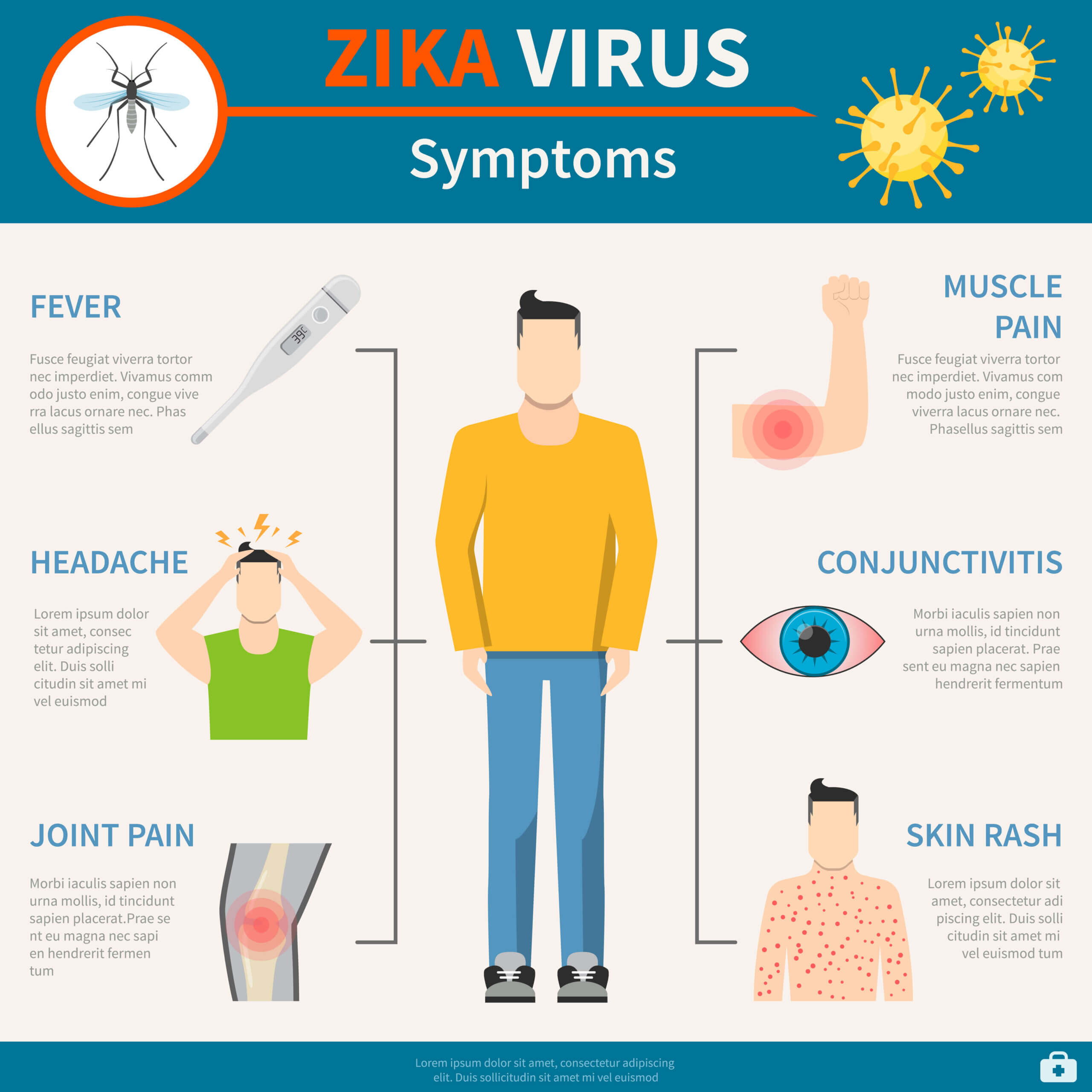By Rolfe Larson, Joining Vision and Action
What constitutes “true” social enterprises?
Thousands of nonprofits that use the marketplace to accomplish their social goals call themselves social enterprises (SEs). Thousands of for-profit companies with social goals also use that term. Yet these two groups barely talk with each other. Why is that?
Benefit corporations and B Corps
Benefit corporations can make decisions based on impact on the community, the environment and workers – not just shareholder value. B Corps, a certification program, evaluates for-profit companies that take social responsibility seriously. B Corps undergo a rigorous assessment in areas such as governance, social and environmental impact. and employee practices.
You’d think that with such common characteristics, these movements would work together and learn from one another, right? Not at all. They operate as if there were a tall wall between them.
We say, Tear Down This Wall!
“True” Social Enterprises
The general perception among many nonprofit social enterpriser leaders is that B Corps and benefit corporations are not “true” social enterprises since social impact is not their primary purpose.
For example, Kevin Lynch, co-author of Mission, Inc., The Practitioner’s Guide To Social Enterprise and collaborator on Joining Vision and Action’s Mission, Inc. Basecamp social enterprise training, is worried that “the idea of social enterprise is now more associated with benefit corporations and B Corps than with the selfless, unsexy nonprofit social enterprise model in which impact is part of the DNA.” He added his concern that “the work of true social enterprises, that put real impact first, will be overshadowed and ignored.” Source: http://huff.to/29r1wsW.
Similarly, leaders and participants in the fast-growing B Corps movement generally assume that all nonprofits are dependent on grants and contributions, and are therefore ill-equipped to function in the marketplace.
What’s going on here? We decided to crowd-source this problem to the npEnterprise Forum (npE), the 10,000+ circulation, non-commercial, moderated online forum for all things SE.
It’s About Impact
Several people pointed out that what matters is impact, not structure.
“We should encourage people to focus on what binds us together,” said Hannah Pechan, “to keep our eyes on maximizing positive impact. Like most of life, it takes all kinds.”
Fernando Botelho indicated that “social problems or the damage being done to nature are indifferent to our intellectual limitations. If a small change in a large multinational prevents the dumping of 100 thousand tons of CO2, that is exactly as valuable as the same reduction being achieved by a specialized NGO dedicated entirely to that purpose.”
It’s About the People
Hildy Gottlieb says “it’s always about the people. When we start asking, ‘Who else cares about this?’ and begin engaging as people, we don’t have to work at the walls coming down. They come down on their own.”
Jerr Boschee took a philosophical approach to this question. “The philosopher Jacques Ellul once observed that we all get our hands dirty,” Boschee said. “the only question we should ask ourselves is just how dirty we want them to get.
“I’m willing to take the risk that some private sector social enterprises run off the rails in exchange for those that can scale more quickly and do more social good than they would if they were structured as nonprofits.”
In summary, we wonder if we should look more at the social impact each social enterprise has, rather than how “pure” they are at achieving it.
We say, Tear Down This Wall!
What do you think?
See how Joining Vision and Action’s social enterprise training and consulting services can help your business or nonprofit can tear down the wall.
Joining Vision and Action is dedicated to providing social enterprises, nonprofits and government agencies with the tools and resources they need to succeed, sustain and scale. We bring research and innovation to this work, which we call implementation science. This allows our team of experts to provide more effective and imaginative tools to increase community impact.
This post originally appeared at http://joiningvisionandaction.com/tear-down-this-wall-whats-a-true-social-enterprise/


